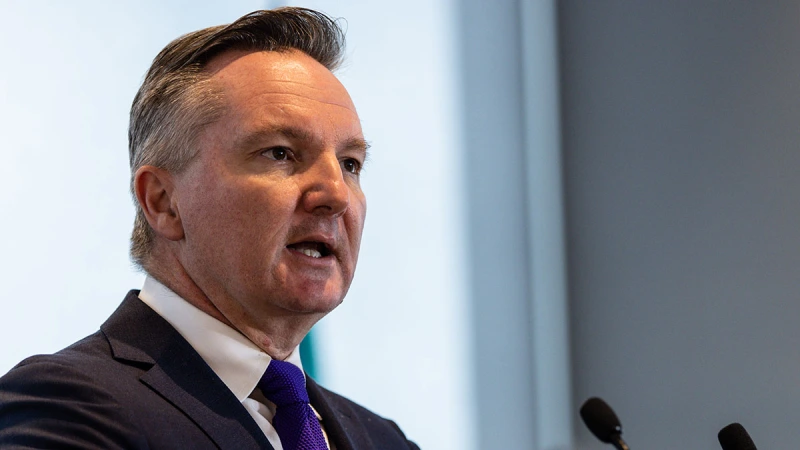Australian households are set to face steep electricity price hikes in the coming months, with power costs expected to jump by as much as 30 percent in some states. However, the government has stepped in to cap coal and gas prices in an attempt to rein in skyrocketing power costs, sparing people from an even worst-case scenario. While this move has helped to ease the burden on families, the increase in electricity prices Australia will still be a challenge for those facing soaring living costs.
The Australian Energy Regulator recently released its draft default market offer decision for the 2023/24 financial year, which indicates that residential Increasing electricity prices Australia by between 19.5 and 23.7 percent, depending on the state and provider. This offer represents the maximum price that energy retailers can charge residential and small business customers in NSW, South Australia, and southeast Queensland. While the vast majority of customers are on lower, discounted rates, the default offer serves as a benchmark for wider prices.
The regulator estimated that default offers for residential customers in NSW will increase by between 20.9 percent and 23.7 percent, with prices expected to rise by nearly 20 percent in southeast Queensland and 22 percent in South Australia. Small business customers could also face price increases of between 14.7 percent to 25.4 percent depending on their regions and providers. The final decision on these offers will be made in May.
The regulator warned that without the government’s energy market intervention, the residential offer could have increased by more than 50 percent in some regions. Victoria, which operates a separate electricity price cap, also released its draft default offer, with proposed increase in electricity prices Australia of more than 30 percent in annual bills for domestic and small business customers from the start of July.

While the rate increase in electricity prices Australia will be tough for Australians, Energy Minister Chris Bowen has acknowledged the government’s short-term plan for energy price relief includes consumer and small business rebates. In the longer term, the government is pushing for increased renewable energy in the grid. Australian Energy Regulator head Clare Savage has also urged customers to shop around to find the best deal, as discounted offers tend to follow default prices in rising prices.
Uses of Solar Energy
Solar energy has become an increasingly popular topic in recent years as more people have become aware of the benefits it offers. From reducing reliance on non-renewable resources to decreasing greenhouse gas emissions, solar energy can have a positive impact on both the environment and our wallets. In daily life, solar energy is used for a variety of purposes, such as powering homes and businesses, heating water, and even cooking food. Additionally, solar-powered devices such as calculators, flashlights, and phone chargers are becoming more common. With the ongoing advancements in solar technology, the possibilities for its use are endless. By embracing solar energy in our daily lives, we can contribute to a more sustainable future while enjoying its many benefits.
Conclusion
the increased energy costs are likely to have a significant impact on Australian households, but the government’s intervention has helped to ease the burden on families. Customers are urged to explore their options and shop around for the best deal to minimize the impact of these price hikes
